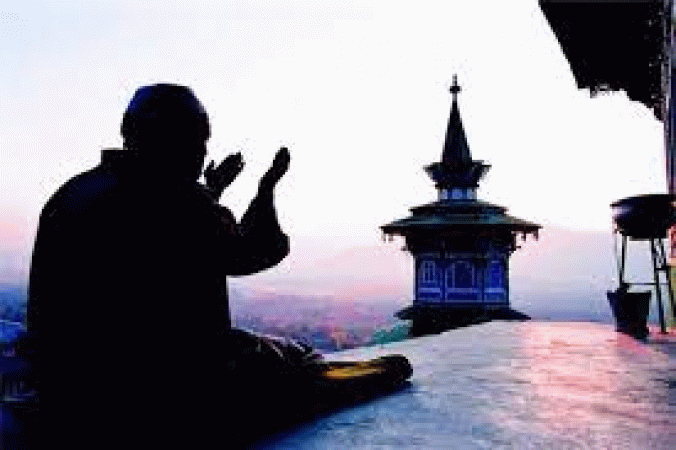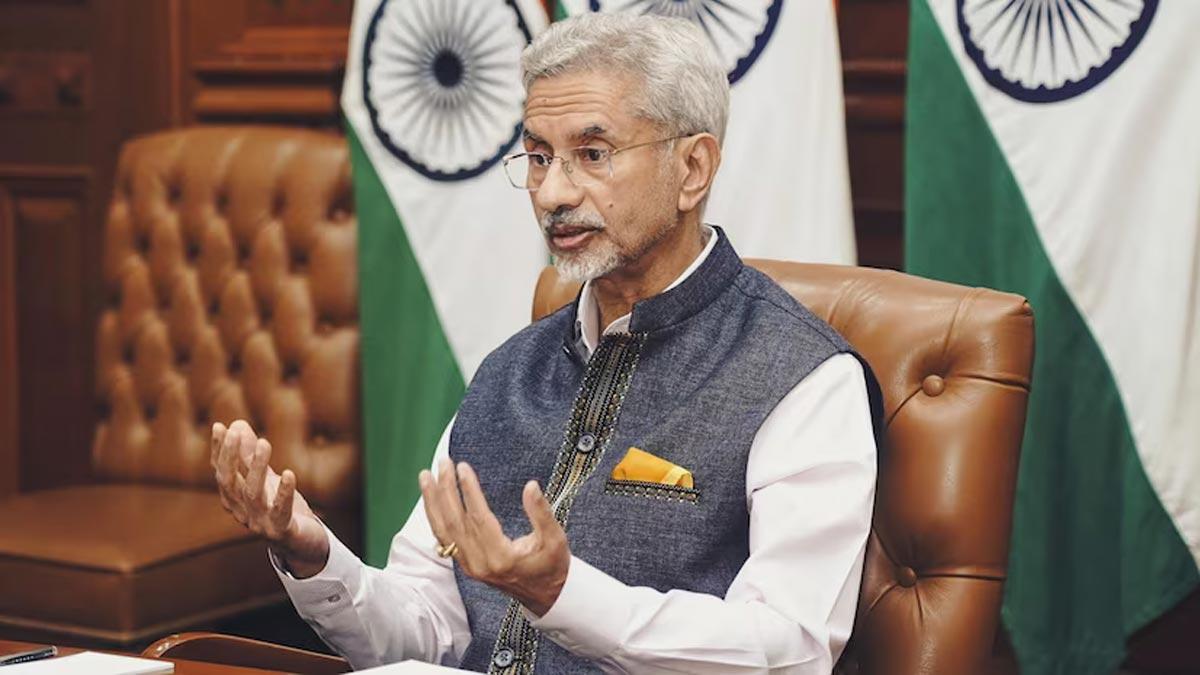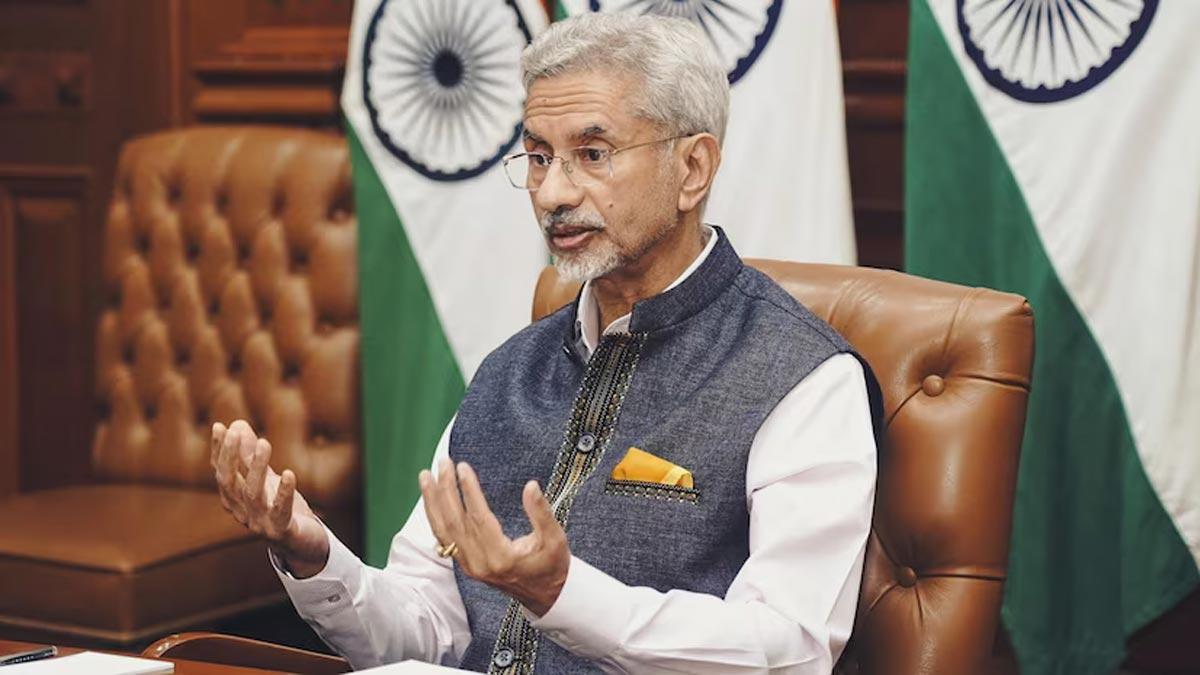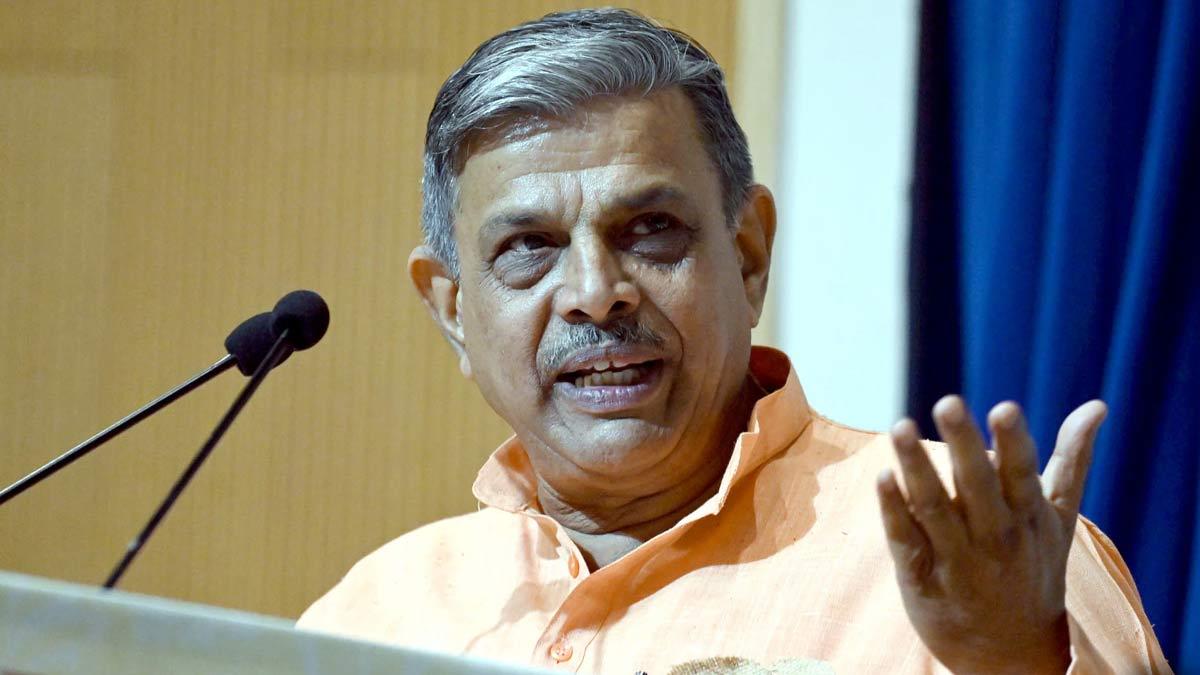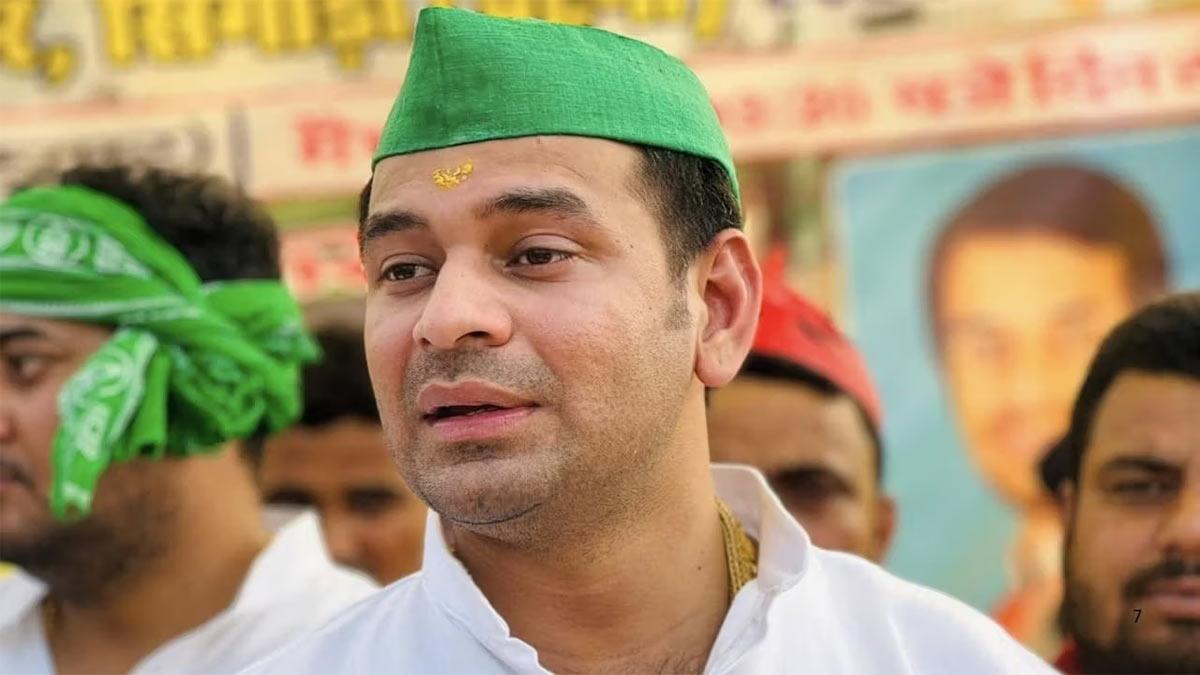When the Pakistan movement was going on aggressively fuelled by Mohammed Ali Jinnahs two-nation theory, Kashmiri leader Sheikh Abdullah rejected it saying Kashmir did not suffer from a minority complex. That is, this theory is irrelevant to Kashmir. Jinnah would never forgive Sheikh for that.
The problem was that Jinnah never tried to understand centuries old influences that moulded the Kashmiri character and produced unique Sufism influenced by Hinduism, Buddhism and Islam. Had Jinnah tried to understand, he would have understood the logic in Sheikh Abdullah's rejection of the two-nation theory. Shrines in Srinagar are regularly venerated by Hindu and Muslim devotees alike. In other words, the influence of Sufism makes them one. Both pray the same way. Jinnah's two-nation theory told Pakistanis to tread raiders to India, who killed and looted here, as their heroes. This hero worship of marauders blinded Pakistanis to the soul of Kashmir. The October 1947 Pakistan raid on Kashmir and its subsequent efforts to pluck Kashmiris from their Sufi roots have not touched the essential Sufism in Kashmir. That Pakistan has to send its own Islamic terrorists to Kashmiris a proof that cannot trust Kashmiri to do its anti-India job. When the Kashmir insurgency was fizzling a terrorist, by the of name Mast Gul, came to Kashmir to torch the Charar-i-Sharif Shrine where Muslims and Hindu prayed in central Budgam, he was given a hero's welcome by the Jamaat-i-Islami when he returned to Pakistan.
One who has closely watched the 1990s insurgency in Kashmir may argue that Sufism has long given in to Islamic militancy, hatred and all evils, against which Sufism stood under the impact of the Pakistani propaganda that promoted violence and hatred. One may also point to the growing non-Sufi ambitions and restlessness of the new Kashmiri generations who want to be like other young people of the world. May be, some young people tried to take out their Pakistan-induced frustration by pelting stones on security forces.
Also read| India, Sri Lanka extend S&T cooperation for next three years
But it is to be noted that years of efforts by China and then by Pakistan failed to make Kashmiri youth guerillas or terrorists. In the 1960s, China tried to train them as guerilla and after China's failure Pakistan has been trying to make a terror brigade of young Kashmiris. A couple of years ago Pakistan tried to weave this brigade around Burhan Wani who died in the security forces action. Pakistan tries to keep his memory alive by observing his death anniversary in Kashmir every year to inspire young people to terrorism-like its own terror outfits.
The reason of Pakistan's frustration in Kashmir is simple; its establishment and jihadi organisations just have no idea about the foundations of Sufism in Kashmir and its all-pervasive influence from generation to generation. Thus, it is not correct to believe that the young generation is free from it. The influence of Sufism dominates every Kashmiri young or old in different degrees; whether Hindu or Muslim.
The soil of the Kashmir Valley had long been prepared by Hinduism and Buddhism to receive Sufism. But the dominant influences of Hindu and Buddhist thinking Kashmirised Sufism when it reached here from Central Asia and bred a unique Hindu-Muslim Sufism called "Rishism" that produced Rishi or Sufis from both communities. They carried the message of contacting God through the Quran and Vedas. Thus forged Hindu-Muslin one-ness, promoted Kashmiriyat and gave the Kashmir Valley a title of "Rishi Vaer" and Pir Vaer" or the Valley of Rishi and Pirs. Here, Kashmiri Pandits (Hindus) and Kashmiri Muslims have lived as one community. Perhaps this Hindu-Muslim oneness was in Sheikh Abdullah's mind when he told Jinnah that minority complex was not a problem in Kashmir.
The problem was never there even when Muslim Sufis began travelling to the Kashmir valley as early as the Buddhist rule here. Syed Sharif-ud-Din Abdur Rahman, a Muslim Sufi Saint was first to arrive in Kashmir in 1324 from Central Asia. In Kashmir, he became famous as Bulbul Shah. His shrine is located in downtown Srinagar. The place of the shrine was called Babul Langar. Now people call it Babul Lankar. This location is important from historical religious point of view.
Also read| Nearly 400 charging points across 170 location installed in Delhi
Mir Syed Ali Hamdani, a Persian Sufi came to Kashmir in around 1373 along with 700 followers to preach Sufism and spirituality. He also played a role in refining Kashmiriart. His shrine is located in Srinagar's Khanqah area. Shrines have been target of Muslims, who are influenced by Wahabism. They consider veneration of shrines as un-Islamic. Other Muslims influenced by the two-nation theory, target shrines because they are visited by both Hindu and Muslims devotees. Thus 200-year old Dastgir Saheb Shrine which was an architectural wonder was destroyed in fire in 2012. Before that Charar-i-Sharif shrine was burnt down in 1995.

